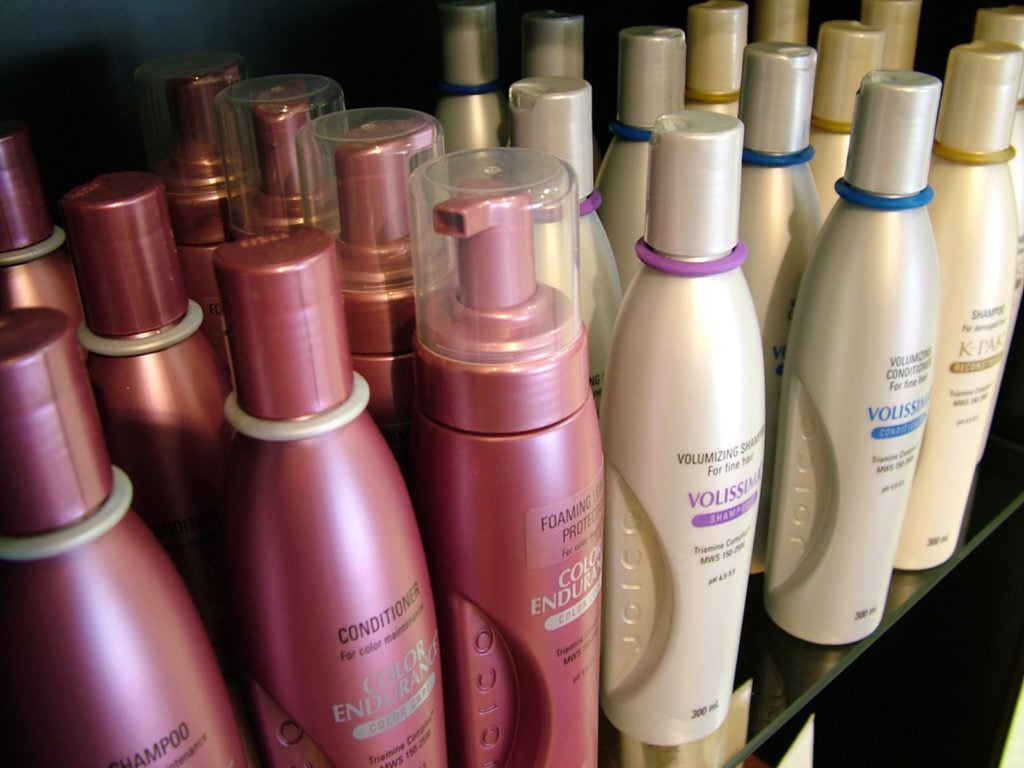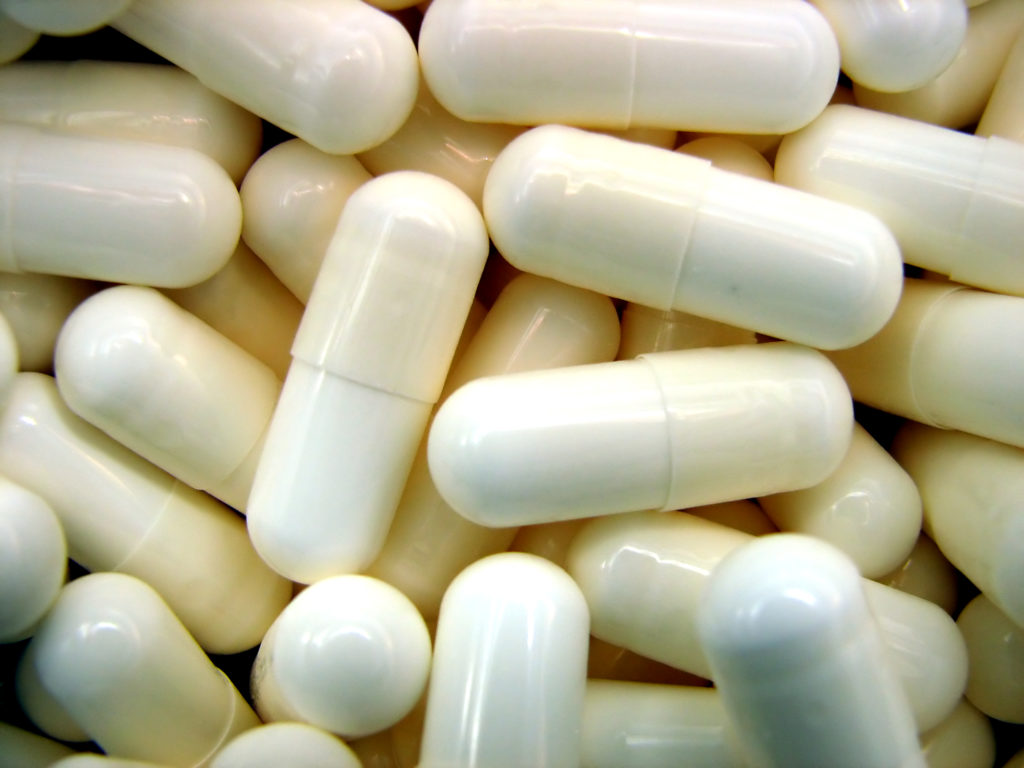In a recent blog post, I discussed the essentials of the Formulation Science discipline, using a long explanation involving cake. I am not a Formulation Chemist, but I quite liked writing this post. For my own enjoyment, and to be more technical, here’s a follow up!
The Role of Formulation Science
So, Formulation is an essential discipline, but specifically why? As a synthetic chemist, I deal with chemicals in their purest forms. And the majority of organic chemicals manifest themselves as unassuming white powders. These are not acceptable as consumer products for several reasons. Namely:
- Regulation
- Marketing
- Storage
- Consumption
- Delivery
I’d like to explore all these functions in more detail below.
Regulation
Before a product can go to market, it is regulated by its relevant industry agency – be it the FDA, MHRA or EC. These agencies exist such that consumers know what they are buying is what it says it is, and that it is safe. It’s as simple as that.
Pure chemicals are not good consumer products because they are unlikely to be efficacious. Therefore formulations are necessary to dilute them down to consumable levels. These formulations must be uniform so that the consumer knows exactly what they are getting.
Marketing
If you know of or remember the Herbal Essences marketing campaigns, you will be aware that scent is an attractive attribute for a shampoo formulation to have. You can mount your entire marketing strategy based on it, it seems.
Marketing can also use appearance or texture to sell their food products. Though whether either is actually central to the marketing in my examples is disputable, what is indisputable is that these are desirable qualities.
Storage
Substances, whether they be shampoo, food or medicine, must be storable until they are consumed. The product can smell delicious and have the perfect gooey texture of the perfect shampoo, but if it smells of mould and separates into a liquid and solid after a week it is not acceptable.
You also want the formulation to afford the stability to maintain those desirable qualities that have been instilled in the property. Loss of flavour or texture is not something we want in foodstuffs. Ice cream, for example, contains anti-freeze molecules to ensure it does not turn into a solid block of ice: instead it maintains a soft, scoop-able texture.
Desiccants are substances that absorb moisture. These are often included in packets to avoid the product absorbing the moisture in transit to the consumer, but they are also included in formulations to ensure, for example, that a laundry powder doesn’t clump up. In solid formulations, products are often spheronised (to form sphere) and coated to aid longer storage and slower release.
Finally, medicines. Indisputably, we want these to maintain their medicinal properties even after we have opened the container. Essential reactive ingredients need to be formulated such that they don’t break down when exposed to heat or moisture. Otherwise, medicines would be far more expensive and equally far less useful.
Consumption
This ties into the marketing section somewhat, as many of the formulated products we buy are for consumption. It is important to instil pleasant scents, textures and flavours into foods and soaps, but also into medicines to enhance patient compliance.
However, it is important that products must be safe to consume as well. Reactive ingredients are included in products simply because they react with the body in some way. But it is undesirable to expose the body to too high a concentration, as they can be irritant or even toxic. Formulations both dilute these chemicals and structure the mixture so that they are released more slowly.
Delivery
This section I have included predominantly to discuss medicine formulations. And this is the area in which drug companies expend most of their research, so I am unlikely to do more than touch upon it here.
Drugs cannot contain chemicals that are toxic to the body. Unless they need to, for therapeutic purposes.
This is the paradox that drug companies encounter with their products. Any effective drug will alter the activity of a cell, protein or receptor within the body. And therefore we want the drug to do this only where it will help us.
Drug molecules must therefore be formulated to be released only where we need them, and to release at the correct rate so as to be effective. Many tablets are broken down by the acid in the stomach, thereby releasing their drug loads. These drugs are therefore formulated such that they will have a high enough dose to hopefully reach the area of interest even when delivered to everywhere else in the body simultaneously. But equally, they must be formulated such that they will not cause damage when they are non-specifically delivered to areas outside that of interest.
For this, drugs must not have toxic break-down products that will damage the body when they encounter the rest of the gastro-intestinal system or are broken down in the liver. Chemists that know their drug will be broken down in a particular organ can alter them chemically such that only their breakdown product will be reactive (enhancing the slower release profile).
Much of the specificity drug delivery process is covered by the actual structure of the drug lead compound – this is why we have hybrid protein or polymer conjugates on the market. But the role of the Formulation Scientist must not be underestimated.
References:
(1) An excellent online resource on cosmetic chemistry, which is a form of formulation science.

